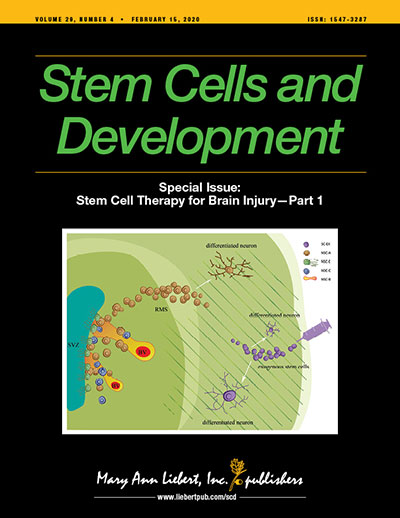
PRP Combined with Hyaluronic Acid vs. Autologous Microfragmented Adipose Tissue for Early Knee OA

PRP Combined with Hyaluronic Acid vs. Autologous Microfragmented Adipose Tissue for Early Knee OA
A Prospective Study Comparing Leukocyte-Poor Platelet-Rich Plasma Combined with Hyaluronic Acid and Autologous Microfragmented Adipose Tissue in Patients with Early Knee Osteoarthritis.
Stem Cells Dev. 2021 Jul 1;30(13): 651-659.OE EXCLUSIVE
Synopsis
Fifty patients (80 knees) were randomized to receive a single injection of autologous microfragmented adipose tissue (AMAT; n=25, 40 knees) or 3 monthly injections of leukocyte-poor platelet-rich plasma (PRP) plus hyaluronic acid (HA) (n=25, 40 knees). The primary outcomes of interest were pain, symptoms and activity level. Outcomes were assessed at 6 and 12 months follow up. Results revealed no s...
To view the full content, login to your account,
or start your 30-day FREE Trial today.
FREE TRIAL
LOGIN
Forgot Password?
Explore some of our unlocked ACE Reports below!

Learn about our AI Driven
High Impact Search Feature
Our AI driven High Impact metric calculates the impact an article will have by considering both the publishing journal and the content of the article itself. Built using the latest advances in natural language processing, OE High Impact predicts an article’s future number of citations better than impact factor alone.
Continue



 LOGIN
LOGIN

Join the Conversation
Please Login or Join to leave comments.